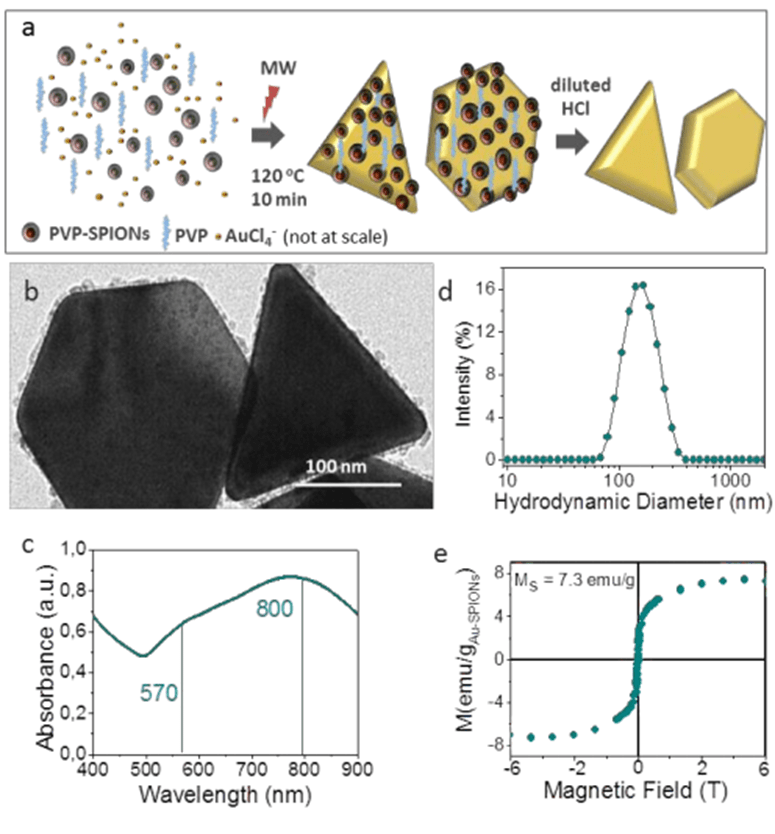Anna Laromaine at MUY INTERSANTE: “When you work in a single field, you’re limiting yourself”
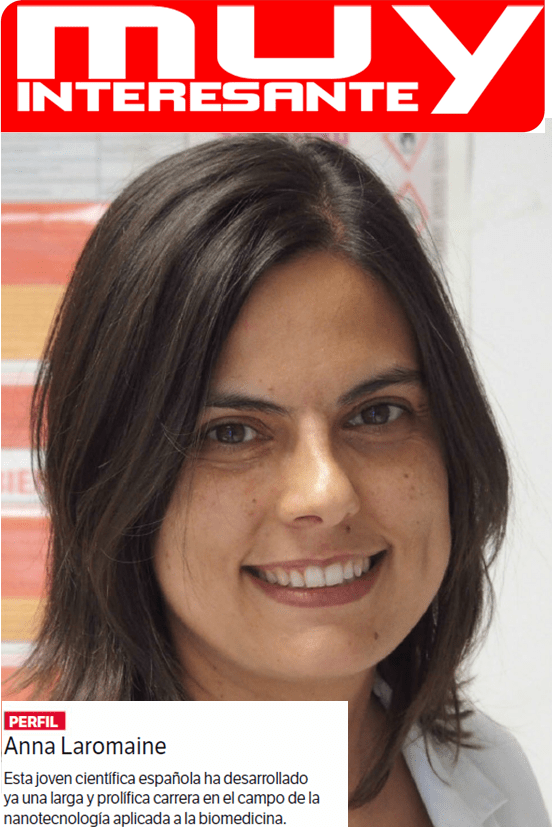 Anna Laromaine appears in the MUY INTERESANTE magazine number 427 (December 2016). The magazine article highlights Anna’s carrer: from studying Chemistry at Universitat de Girona, to her PhD at ICMAB, and her multiple Postdoctoral Fellowships at University College London, MIT and Harvard, where she worked in different fields related to nanomaterials and biomedicine, before returning to ICMAB.
Anna Laromaine appears in the MUY INTERESANTE magazine number 427 (December 2016). The magazine article highlights Anna’s carrer: from studying Chemistry at Universitat de Girona, to her PhD at ICMAB, and her multiple Postdoctoral Fellowships at University College London, MIT and Harvard, where she worked in different fields related to nanomaterials and biomedicine, before returning to ICMAB.
The article also emphasizes the fact that Anna is not only a prolific researcher; she also teaches at Universitat Autònoma de Barcelona, gives seminars and talks in high schools, and has founded her own startup company.
We hope you enjoy the article and learn a little bit more of one of our group members! Congratulations Anna!

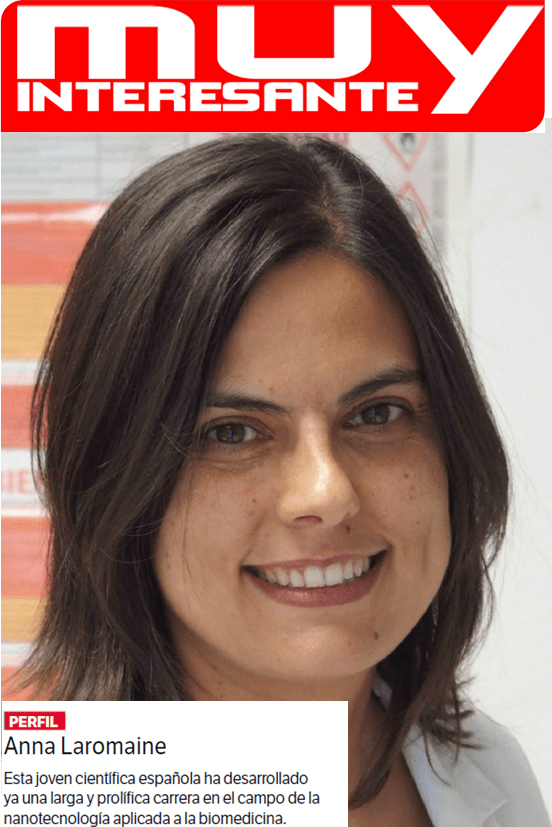
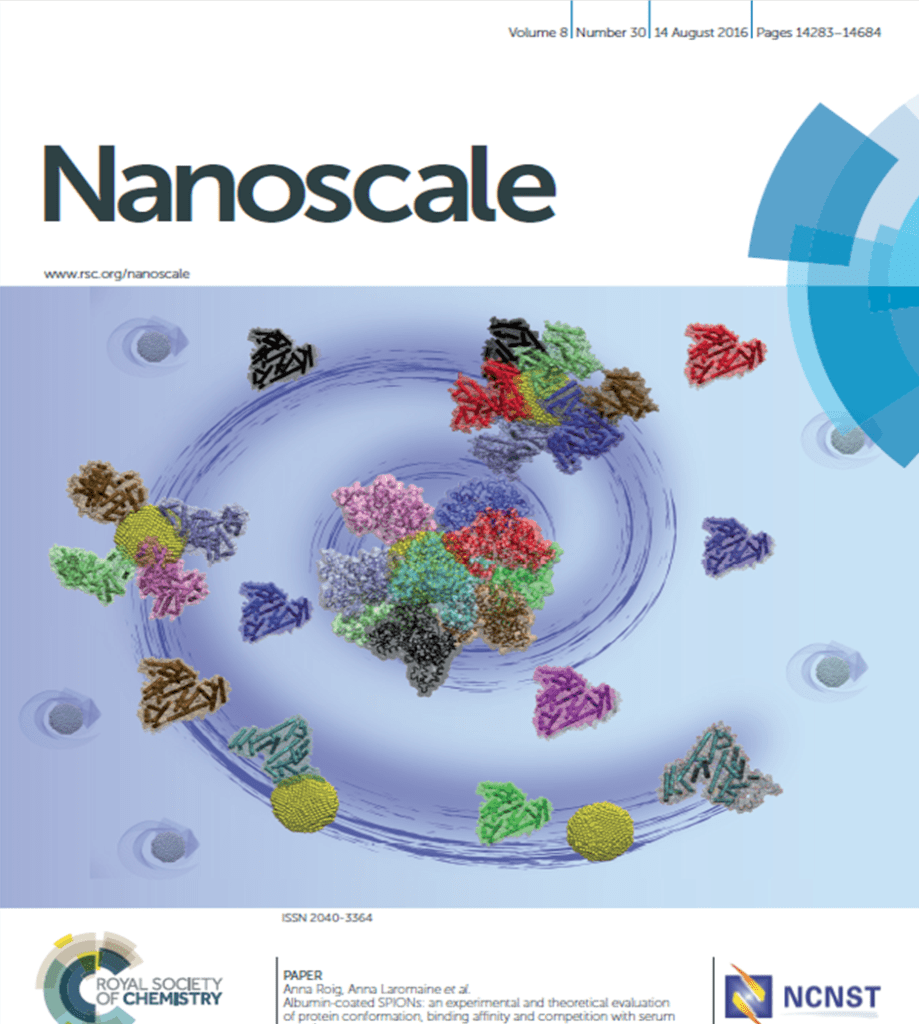
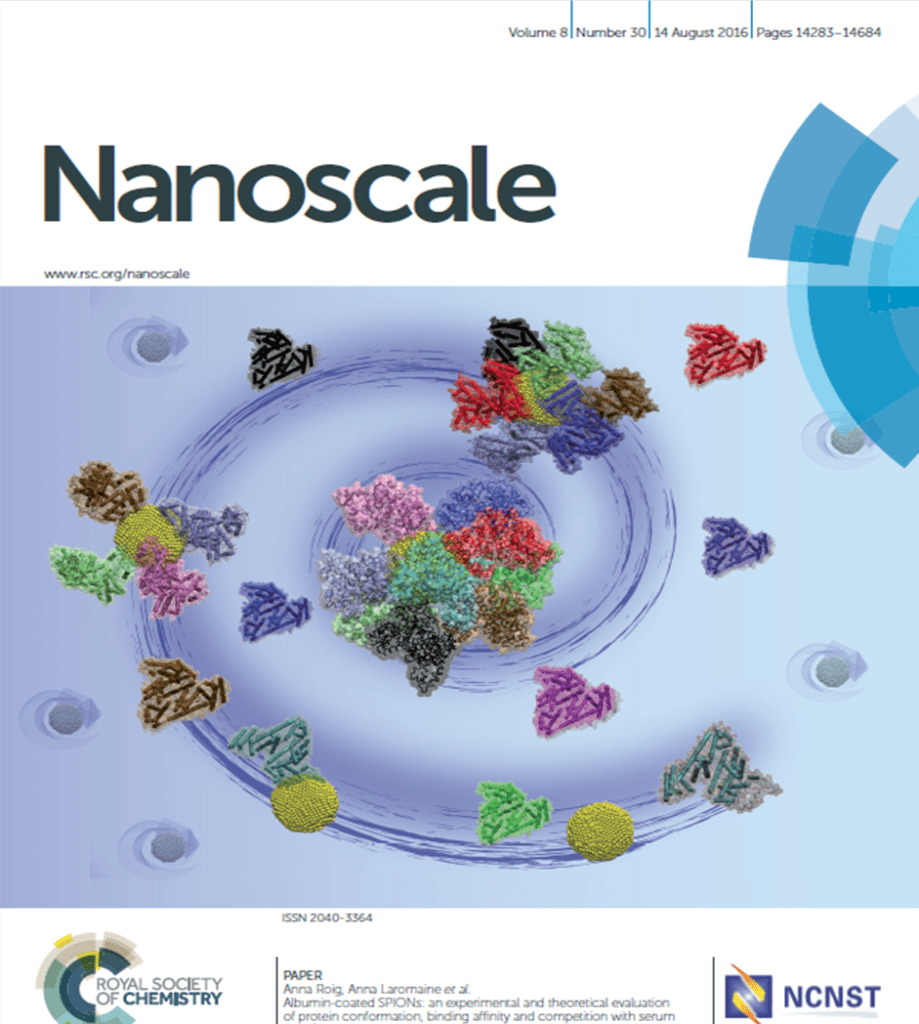

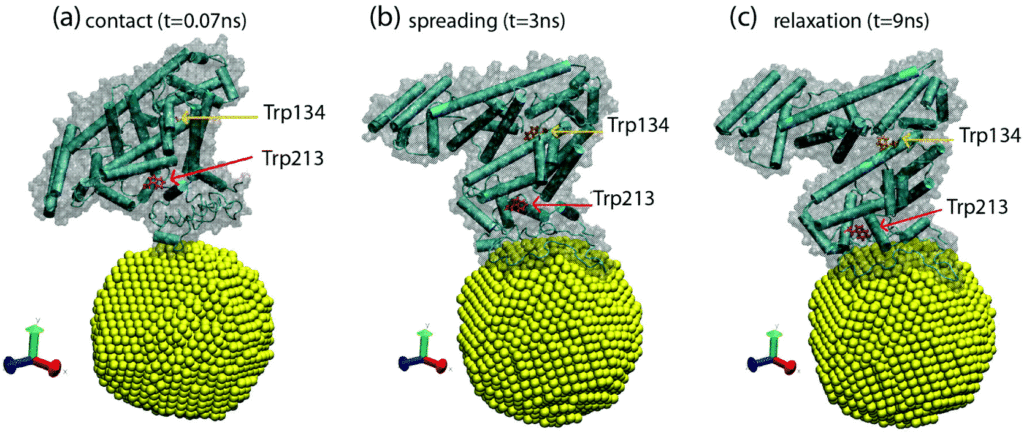

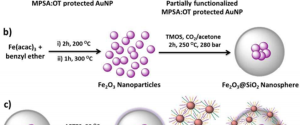
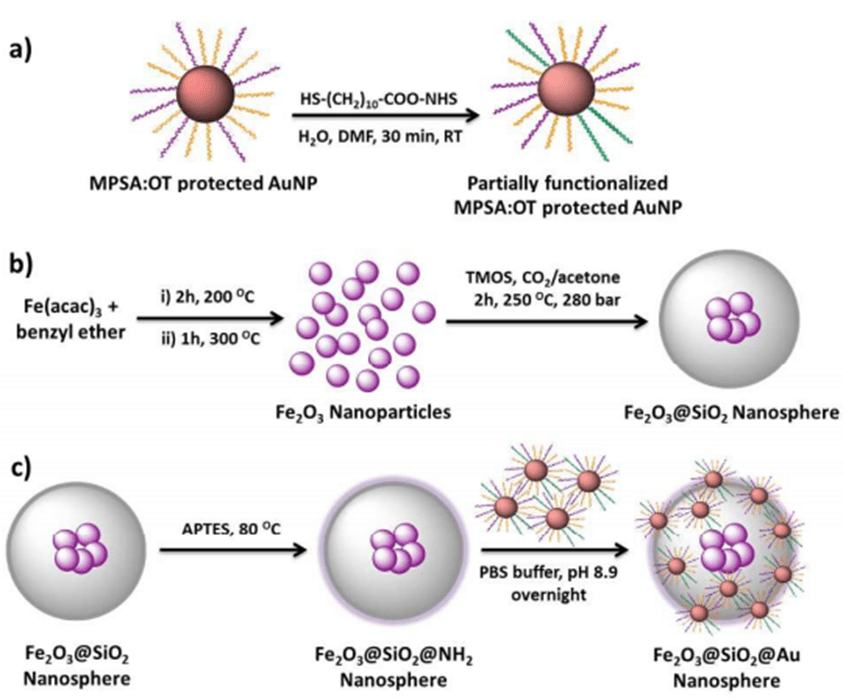

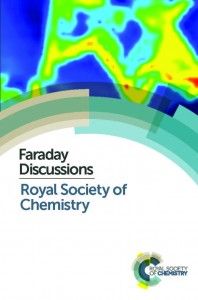 We are very happy to announce that the manuscript “
We are very happy to announce that the manuscript “